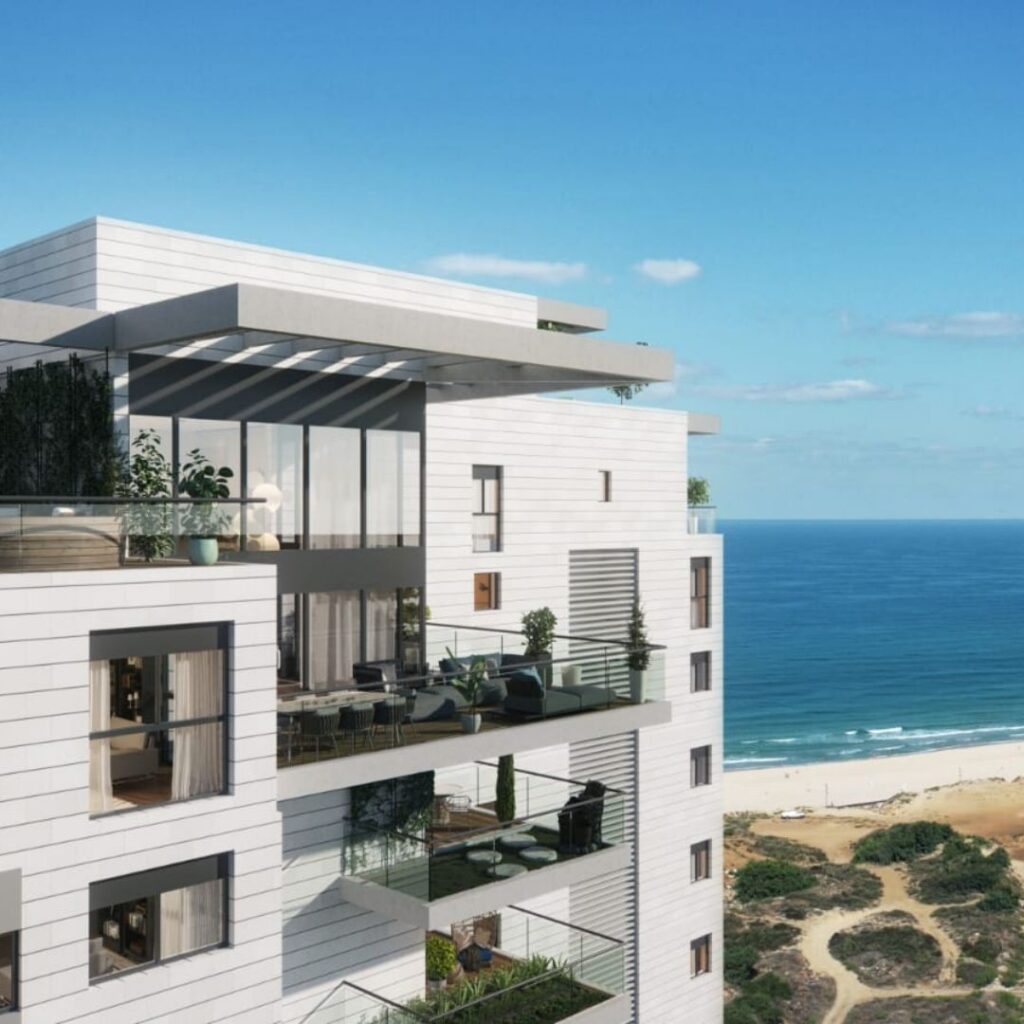Buying Versus Staying Put
With the availability of housing in the Five Towns becoming tighter, many homeowners in smaller homes who wish to upgrade to larger homes or change to a different type of dwelling in the same area are finding themselves in a unique dilemma.
While many homeowners would usually already be shopping for their new home, some are finding that the choice of homes they are searching for are difficult to find in their budget.
After looking for a while and not finding what they want, they sit and contemplate their options of either renovating their current property or adding onto their present house to try and create the vision they are seeking but unable to find in a new home.
Homeowners who find themselves in this position are not taking the easy way out by choosing to do construction since putting the whole process together and bringing it to fruition in a positive manner is a major undertaking.
Every house is different, of course, but the first and foremost step the homeowner should make is to find out from your village or town’s building department what you are actually allowed to build onto your current property according to regulations.
I have found that in a number of these situations, homeowners are not thinking in terms of what they will be allowed to build according to the towns or villages they live in, but rather figure they can build whatever they want with no thought to any restrictions.
Sometimes, before even going down to the building department to get permits, some homeowners are so focused on creating their home vision that they actually start spending money retaining contractors and architects to create options before finding out what the restrictions are, if any.
An architect should be able to look into all building department regulations before the homeowner even hires them, and tell them if they can create their new addition in accordance with present building codes.
If the building codes do not allow for extensions or additions to your property, it is better to find this out before any monies are spent in putting the project together.
If the building codes do not allow you to build what you were hoping to realize, there is still an option to file for permission to get a variance to these codes in the hope that the city will eventually allow it. But a variance is a very complex and expensive option, so you really must figure out before filing one, whether your project will be worth the final amount with everything that it will cost you.
After finding out how much you can build on your house and property, the next thing you need to find out is, of course, how much the entire project will cost, and this means not only the construction costs, but the costs of finishing your project, such as flooring, cabinetry, etc. in the case of building new kitchens and baths, as well as bedrooms and other additions.
If you are doing extensive work, another expense you should consider is the cost of a rental for the entire time your house will be under construction, as well as storage costs for all your furniture and other items you will need to remove while the construction is ongoing.
Looking at the complete compilation of these costs is the only real way to evaluate if it is economically feasible for you to build that dream addition, or if you should continue to look for a larger home to meet your family’s needs. Putting together the numbers for the entire project is a must before you can decide which option is right for you. n
Anessa Cohen lives in Cedarhurst and is a Licensed Real Estate Broker (Anessa V Cohen Realty) with over 20 years of experience offering residential, commercial and management real estate services. You are invited to visit her website at WWW.AVCREALTY.COM. She can be reached at 516-569-5007 or Readers are encouraged to send any questions or comments by email to [email protected].












